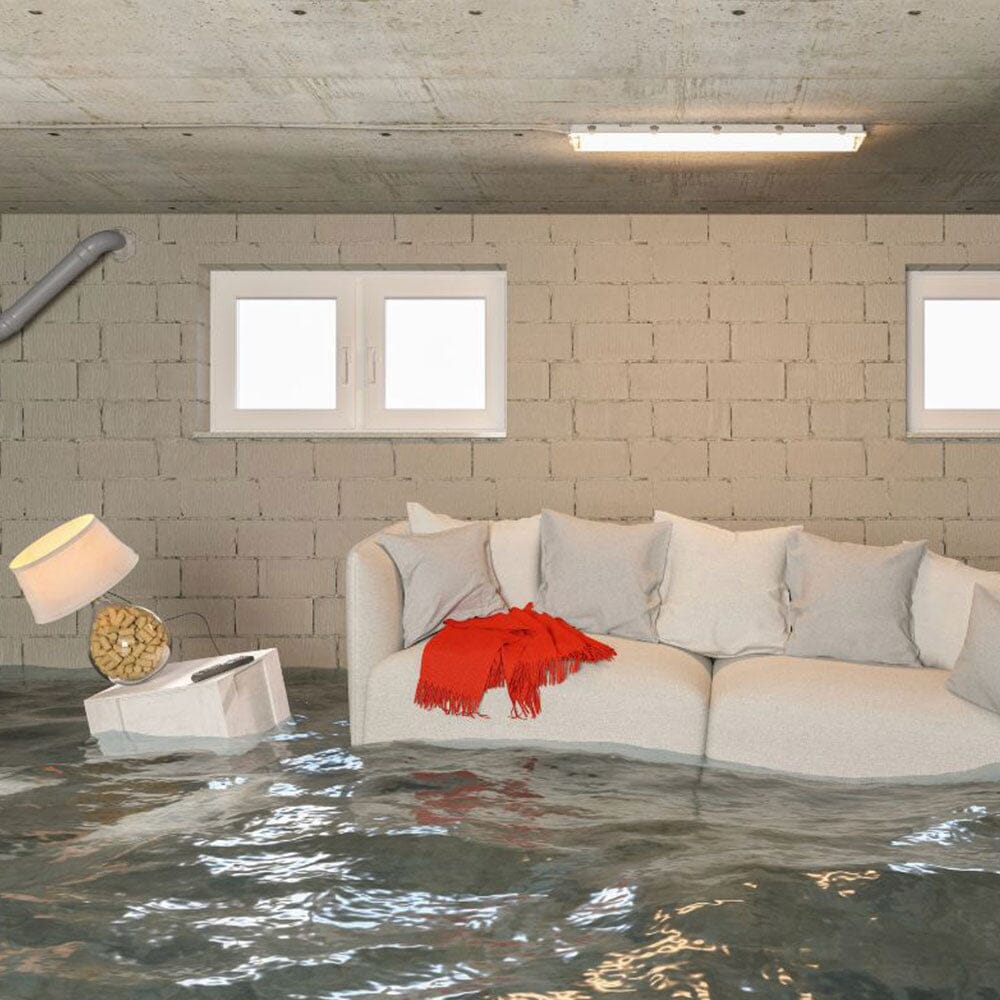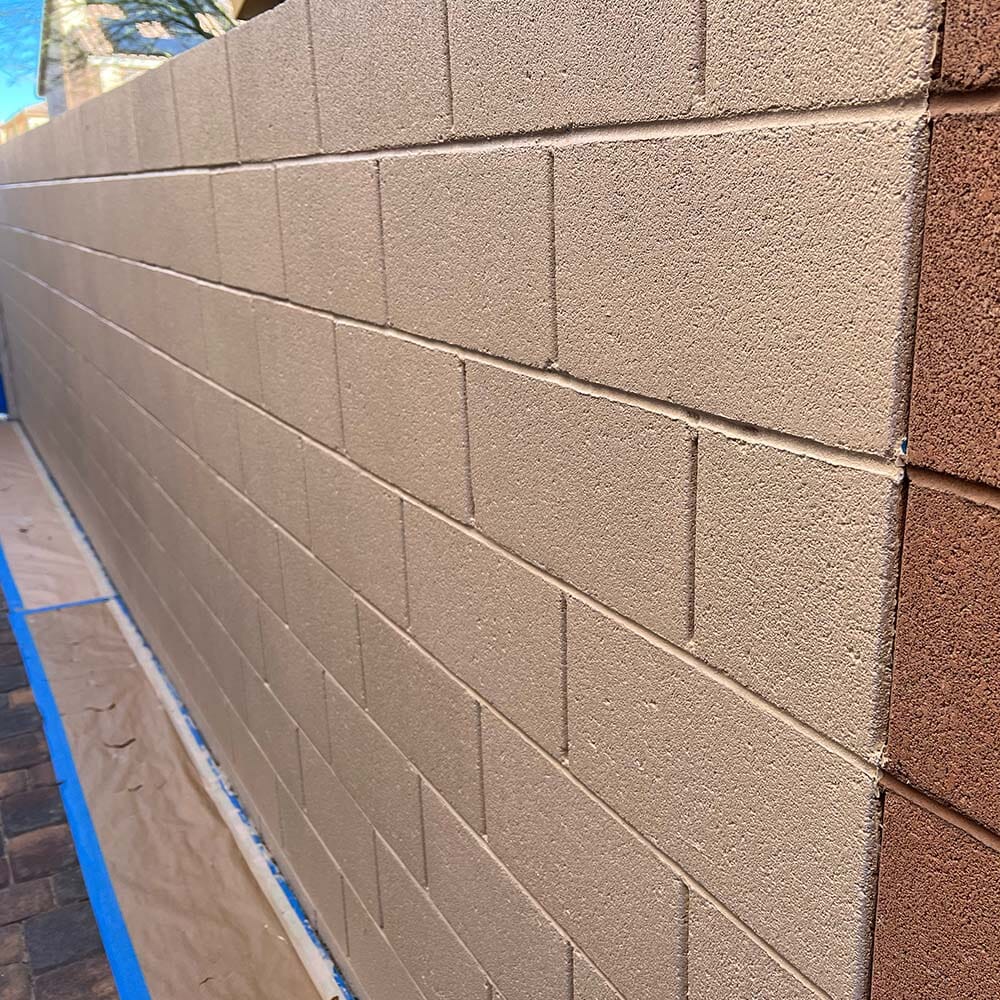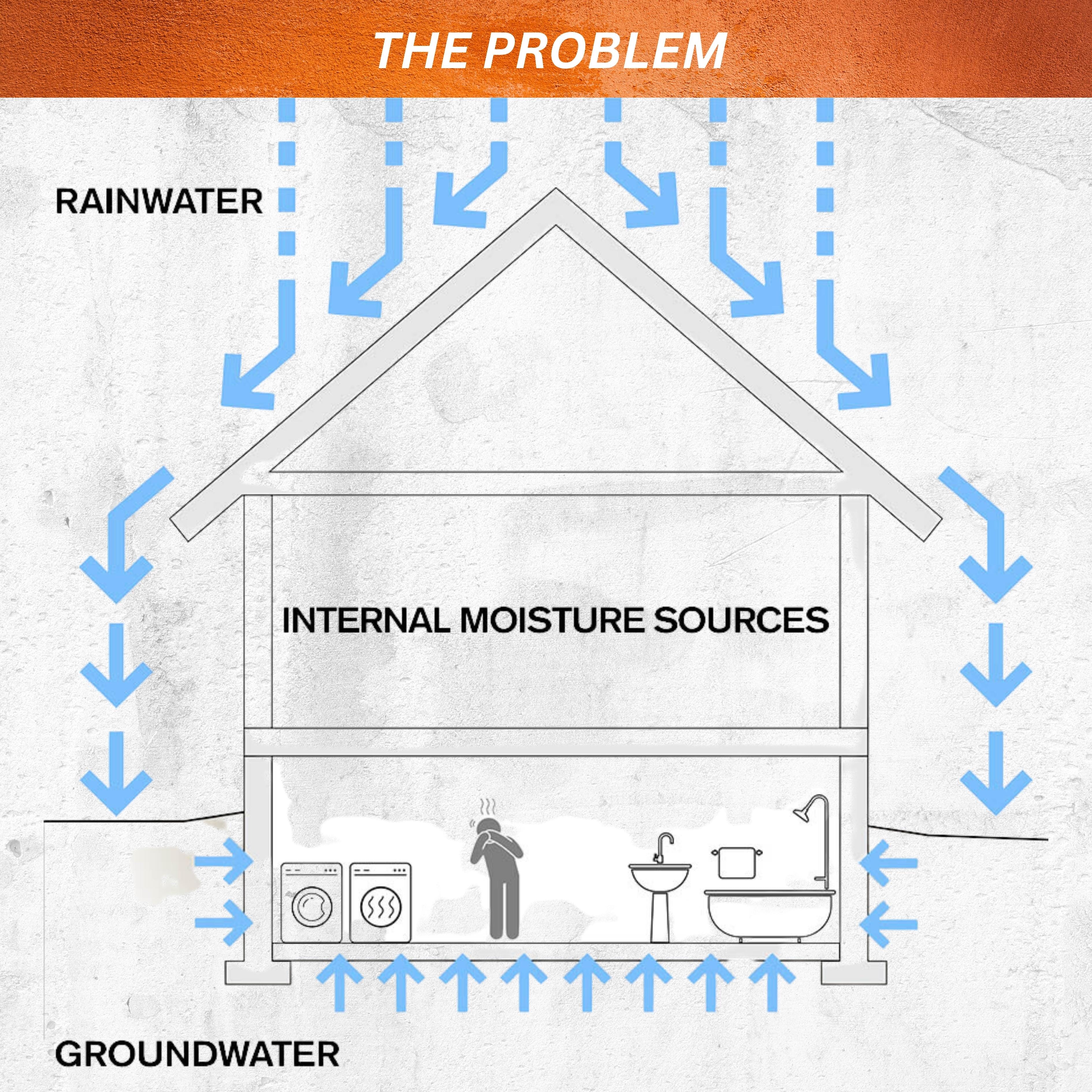An Expert Guide to Basement Waterproofing
Basements are notorious for leaking and funky smells. But the real issue goes beyond the stink — without basement waterproofing, eventually, the entire foundation of a home can deteriorate, risking the structural integrity of the house. Long-term water damage can also lead to costly repairs. Not to mention, the basement is an environment conducive to the growth of mold and mildew. Poor ventilation combined with a moist environment can quickly cause an infestation that leads to respiratory and other health problems for both people and pets.
To prevent problems and protect their investment, homeowners should waterproof their basement with a high-quality waterproof sealant like SEMCO Liquid Membrane Basement Waterproofing Sealant. We've put together a step-by-step guide to basement waterproofing for you, including applying basement floor paint.
Inspect Your Home Before Starting
Waterproofing your basement won't do much good if you don't deal with the causes of moisture in the basement in the first place. There are several causes of leaky basements, and it's important that you or a professional evaluate each one and fix it before applying waterproof paint for basements.
Possible Causes For Moisture in basements
- Liquid water from rain or ground water
- Interior moisture sources such as humidifiers, unvented clothes dryer, bathrooms and cooking, as well as the moisture in concrete after construction
- Exterior humid air that enters the basement and condenses on cooler surfaces
Ways to avoid water:
- Clear your gutters of debris regularly and ensure they're functioning properly. Test the gutter water flow with a hose and make sure it diverts away from the basement. During a heavy storm, gutters can fill with debris, so try to keep them clean and clear.
- Consider installing a weeping tile. This is a porous pipe that's used for underground water collection and its discharge.
- Consider installing a French drain around the house to divert water from the foundation. French drains are trenches filled with rock or gravel that contain a perforated pipe which redirects surface water or groundwater away from a specific area.
- Grade the soil around your home, so it slopes downward and naturally carries water away from the house.
How to Prepare Your Basement for Waterproofing
The first step for preparing to apply waterproof paint for the basement is to seal any large holes. You can repair large holes with brick and mortar or use spray foam if the area isn't saturated with moisture. You may opt for polyurethane caulk, too, depending on the size of the hole, or a combination of all of these. Allow the repair material to dry and cure before you go on to the next step.
Next, you'll need to clean the surface thoroughly. This includes removing any dirt, mud, efflorescence and debris from the surface. You may wish to power wash the area, too, if it's especially dirty. This may be a good time for a mold and mildew inspection or professional mold remediation.
Allow the area to dry thoroughly before treating it. Many basements have cinder block or concrete walls, and while they may feel dry to the touch, they may not be completely dry. Use a large fan or other dryers to ensure the area is free of moisture.
Once the area is dry, it's easier to inspect it for cracks. Cracks may just be a natural effect of the building materials aging, or they can indicate a settling foundation. You can seal bridge joints, cracks, and any protrusions using our simple three-step method:
- First, apply one generous coat of SEMCO Liquid Membrane. Carefully follow the instructions on the product, using a brush or roller to apply the product with smooth, even strokes. Work in sections, from the top to the bottom
- Next, apply one layer of Fabric Reinforcement while the sealant it still wet and press it flat for proper adhesion.
- Once the Fabric Reinforcement is embedded, apply another coat of SEMCO Liquid Membrane
How to Apply Waterproof Paint for Basements
The SEMCO Liquid Membrane Waterproof Sealant is an ideal product for basement waterproofing. You can apply this easily, using a brush, roller, or heavy duty paint sprayer.
The first coat will take about one to two hours to dry, so make sure not to apply additional coats until each layer is completely dry to the touch. Make sure that you're only applying the product at temperatures above 10C/50F, including overnight temperatures. A total required thickness of 35-40 mils thickness is required.
Benefits of the SEMCO Liquid Membrane Waterproofing Sealant:
- Superior strength & durability
- 1300% elongation to withstand expansion/contraction
- Fast and easy to apply
- Quick drying time
- Low VOC, Eco-friendly & non-toxic
- UV-Stable
- Safe for plants, animals and children
Let's Get Started!
When it comes to protecting your home, waterproofing your basement is something that you shouldn't neglect. Water collecting in your basement can damage your belongings and cause mold or mildew to form. Over time, water seeping into your basement can damage the foundation as well, causing structural damage to your home.
SEMCO Liquid Membrane makes an excellent product for waterproofing your basement, with proprietary mixtures that repel water and moisture by forming a seamless rubber membrane that's safe for people and pets.





